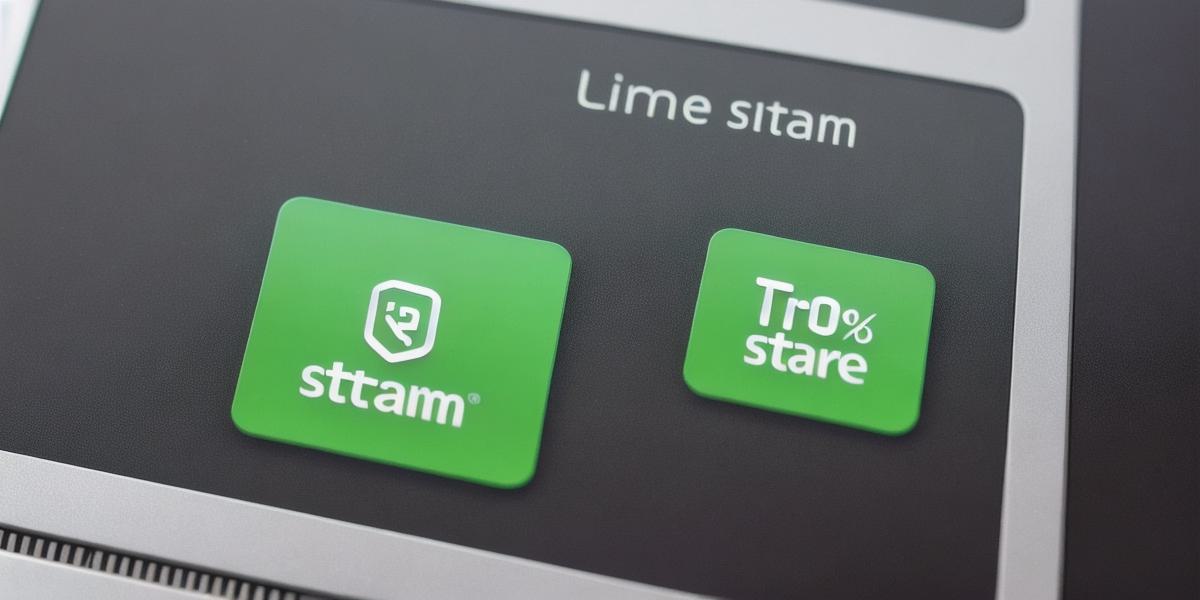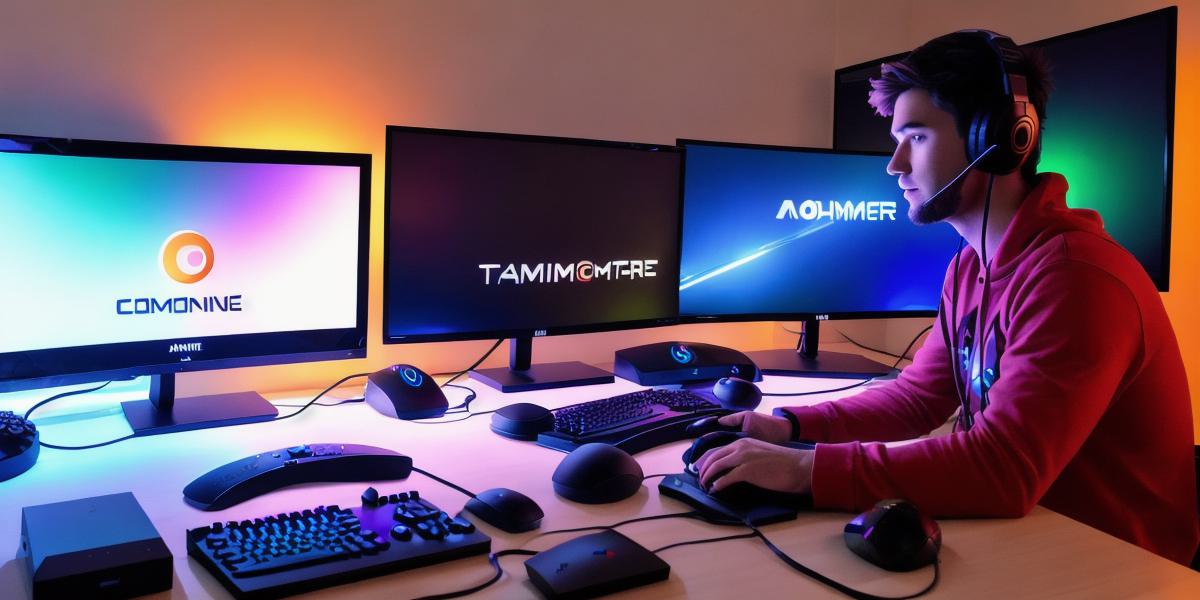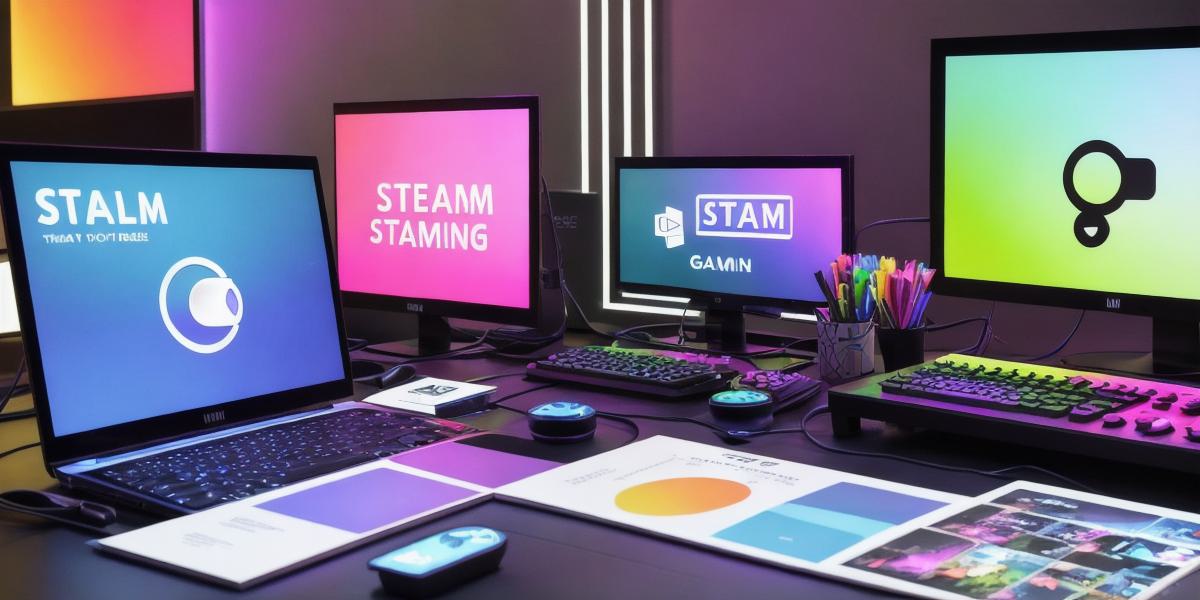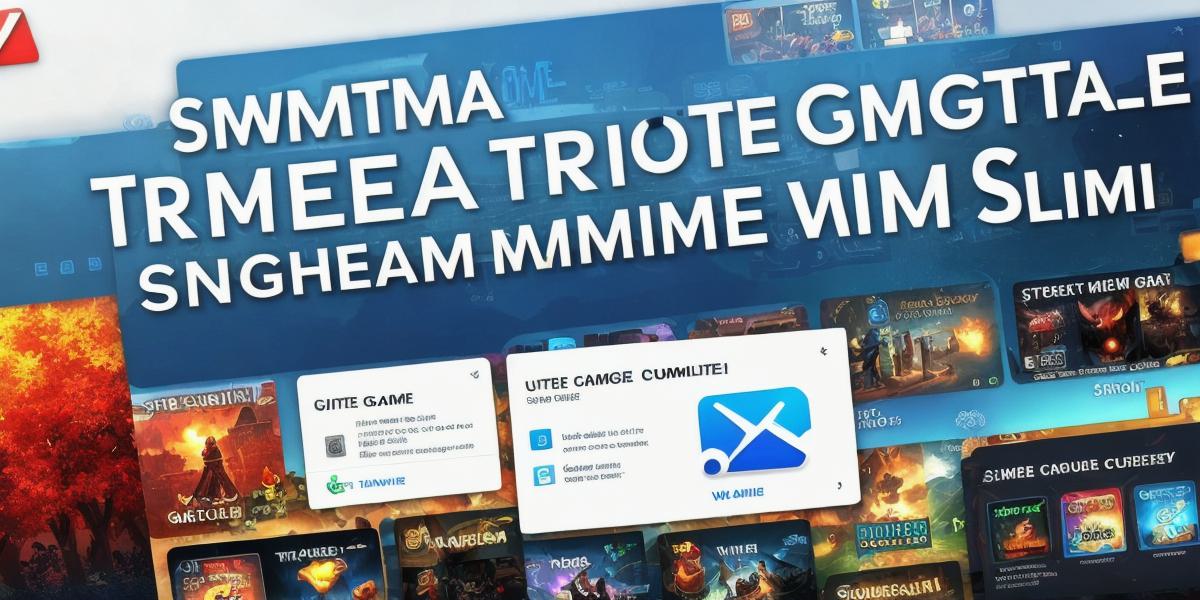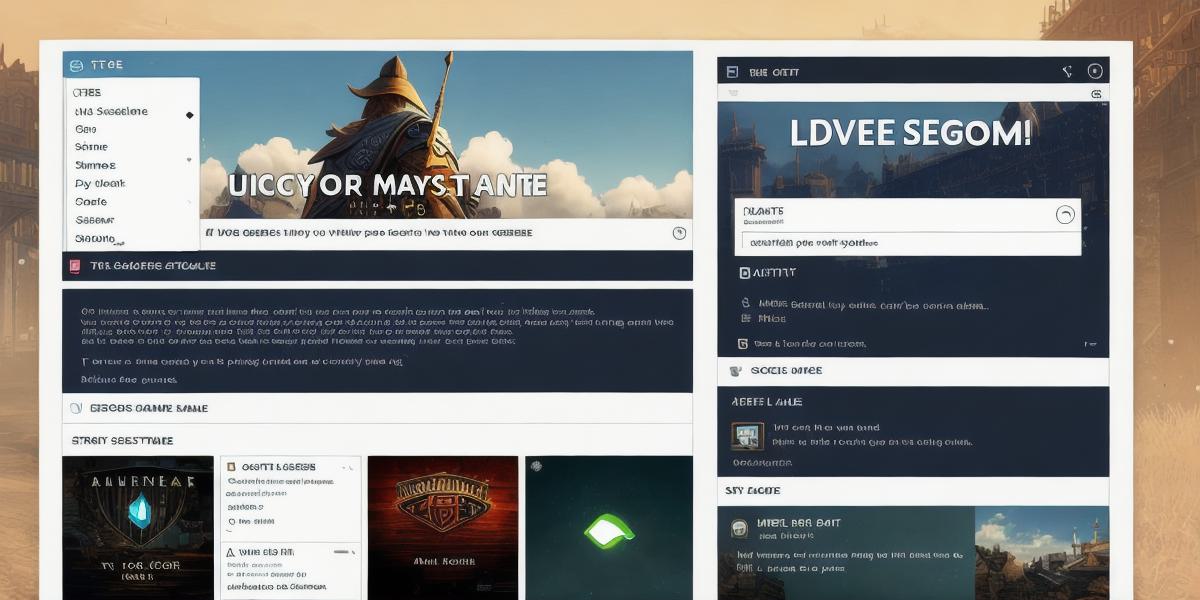Introduction
Gaming has been a popular form of entertainment for decades, with millions of people around the world playing games every day. But as the gaming industry continues to grow, so do the costs associated with running a game on a platform like Steam. In recent years, many gamers have expressed frustration about the 30% cut that Steam takes on their sales. This article aims to explain what this cut means for gamers and why it’s important to understand.
The 30% Cut: What It Is and Why It Matters
For any game sold on Steam, Valve, the parent company of Steam, takes a 30% cut of the sale price. This includes both digital and physical sales, as well as subscriptions. For example, if a game costs $19.99 and Steam takes a 30% cut, the game developer will receive only $14.99 of each sale.
This cut can have a significant impact on a game’s profitability. Many gamers are surprised to learn that even a successful game may not make much money if the cut is too high. Additionally, this cut can make it difficult for smaller indie developers to compete with larger studios.
Case Studies: Real-Life Examples of the Impact of the 30% Cut
There are many examples of how the 30% cut has affected game developers. For instance, in 2018, developer Niantic announced that they were pulling their popular mobile game Pokémon Go from Google Play and Apple’s App Store in an effort to avoid paying a 30% cut to the platforms. This move was controversial, but ultimately led to a significant increase in downloads and revenue for Pokémon Go on Steam.
Another example is the popular game Minecraft, which has been available on Steam since 2012. The developer, Mojang, has stated that they receive only around $7.50 per sale on Steam, due to the high cut. This has led to some criticism of Valve’s policies and has prompted discussions about whether the cut is too high or not.
Expert Opinions: What the Experts Say
Many experts in the gaming industry have weighed in on the 30% cut. For instance, game developer and critic, John Carmack, has stated that the cut is "ridiculous" and "anti-consumer". He has also argued that the high cut makes it difficult for indie developers to compete with larger studios.
Other experts have suggested that Valve’s policies are necessary for maintaining a stable platform like Steam. They argue that the high cut helps to cover costs like hosting, maintenance, and support, which are essential for keeping the platform running smoothly.
FAQs: Frequently Asked Questions
Q: What percentage of the sale price does Valve take on Steam?
A: Valve takes a 30% cut of the sale price on Steam.
Q: Does Valve take a cut on physical sales of games sold through Steam?
A: Yes, Valve takes a 30% cut on both digital and physical sales of games sold through Steam.
Q: How does the 30% cut affect indie developers?
A: The high cut can make it difficult for smaller indie developers to compete with larger studios.
Conclusion
The 30% cut that Valve takes on Steam is a controversial topic, and there are strong arguments both in favor of and against the policy. It’s important for gamers to understand how this cut works and what it means for the gaming industry as a whole. While some may find the high cut frustrating, others argue that it’s necessary for maintaining a stable platform like Steam. Ultimately, it’s up to each gamer to decide whether they are willing to pay the extra 30% for their games.
